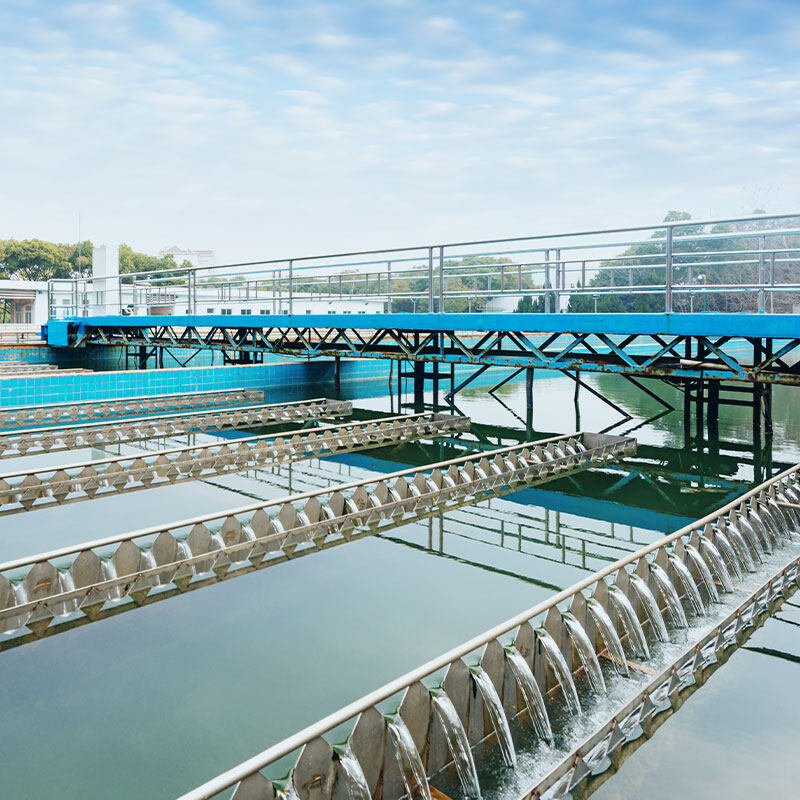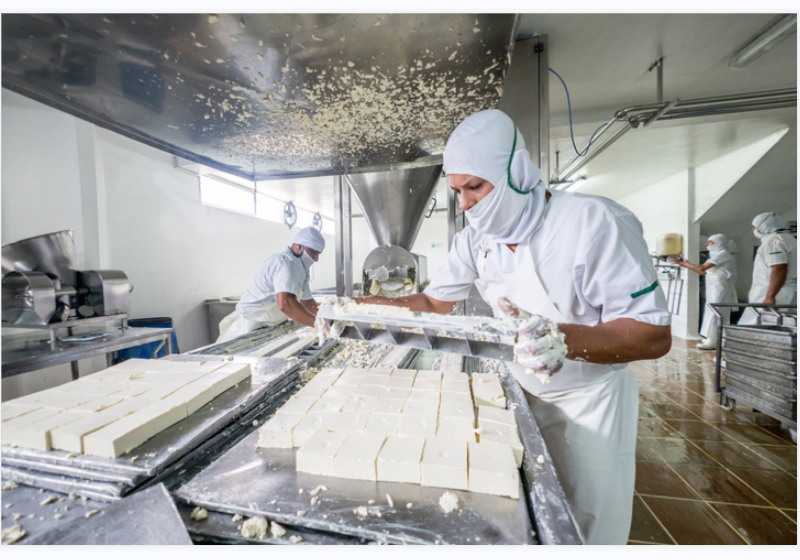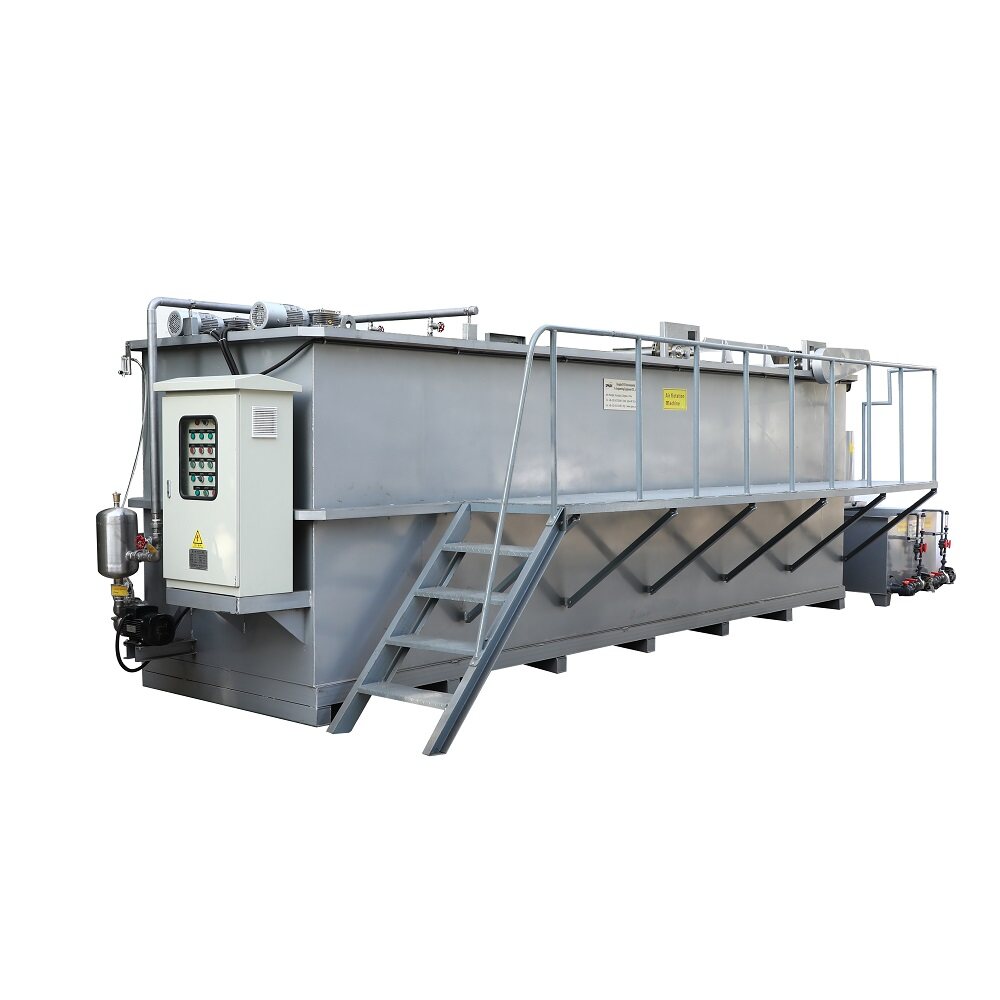Dairy Processing Wastewater
There are 12 kinds of typical wastewater sewage water, including:
- Starch Processing Wastewater
- Juice Processing Wastewater
- Hospital Wastewater Sewage Water
- Dairy/Milk Processing Wastewater
- Beer Processing Wastewater
- Papermaking Processing Wastewater
- Slaughtering Wastewater
- Pickle Processing Wastewater
- Monosodium Glutamate Processing Wastewater
- Beverage Processing Wastewater
- Saponin Processing Wastewater
- Community Domestic Sewage Water
Dairy Processing Wastewater
Source of Wastewater
Dairy waste water is the waste water discharged from the production of condensed milk, cheese, cream, dairy drinks, ice cream and dairy snacks. The waste water mainly comes from the cleaning water of containers and equipment, and the main components include the raw materials of products.
Features of Wastewater
Dairy wastewater is a kind of organic wastewater with medium and high concentration, which has good biodegradability and is suitable for biochemical treatment.However, the wastewater contains a large amount of SS, grease and other substances, as well as high concentration of nitrogen nutrients, which need to be fully considered in the process selection.
The main features are:
- The concentration of organic matter is high, and the pH value fluctuates greatly.
- Good biodegradability.
- It contains a lot of SS and oil substances.
- The content of organic nitrogen is high.
Treatment Process Selection of Wastewater
Anaerobic-aerobic combined process is the main process of dairy wastewater treatment.
Air Flotation+Aerobic Combined Process
SBR Process
SBR can effectively solve the problem of small high-concentration sewage treatment, and is suitable for small dairy processing enterprises with scattered pollution and difficult treatment.
The wastewater COD is treated by SBR-flocculation process. When the influent COD is 500~3000mg/L, the aeration is 6h, the sedimentation is 60min, and the sludge concentration is about 2500mg/L, the SBR operation is stable, and the COD removal rate is more than 80%; The SBR effluent was flocculated with polymeric AlCl3 as flocculant, and the COD removal rate reached 84%, and the effluent COD reached the discharge standard.
Hydrolytic Acidification+SBR Process
The process of "hydrolytic acidification+SBR" is adopted to treat 1000 m3/d wastewater from dairy factory. The influent COD is 2000 ~ 2500 mg/L, the effluent COD is ≤ 100 mg/L, reaching the first level of the comprehensive sewage discharge standard. By adding soft filler in the hydrolytic acidification tank, the sewage enters from the bottom and flows through the anaerobic biofilm, and the anaerobic sludge grows on the biofilm, which increases the contact area between the sewage and the sludge, so that the removal efficiency of the hydrolytic acidification tank exceeds 30%.
Anaerobic-Aerobic Combined Process
The engineering design was carried out using the "regulation oil separation UASB SBR" process, with the design treatment capacity of 10000 m3/d, the design influent COD 5500 mg/L, BOD3000 mg/L, SS800 mg/L, and animal and vegetable oil 400 mg/L. The effluent water quality analysis results show that COD is 50.24-68.30 mg/L, BOD is less than 19 mg/L, SS is less than 50 mg/L, and oil is less than 8 mg/L.
#QDEVU #WATERTREATMENT #WASTEWATERTREATMENT #SEWAGETREATMENT #SEWAGEWATERTREATMENT #BIOLOGICALTREATMENT #ACTIVEDSLUDGE
Visit www.evuchina.com for more informations!




